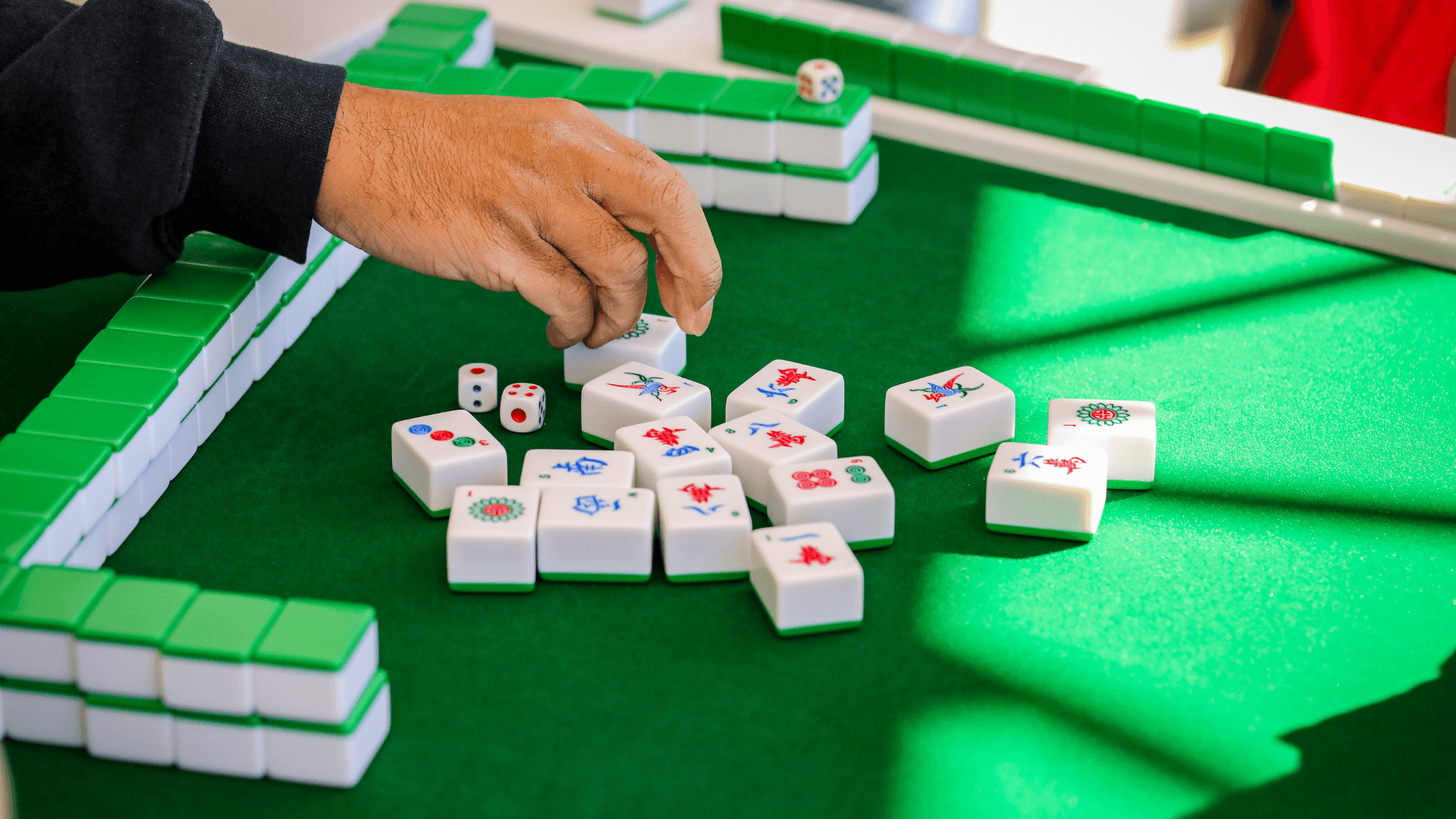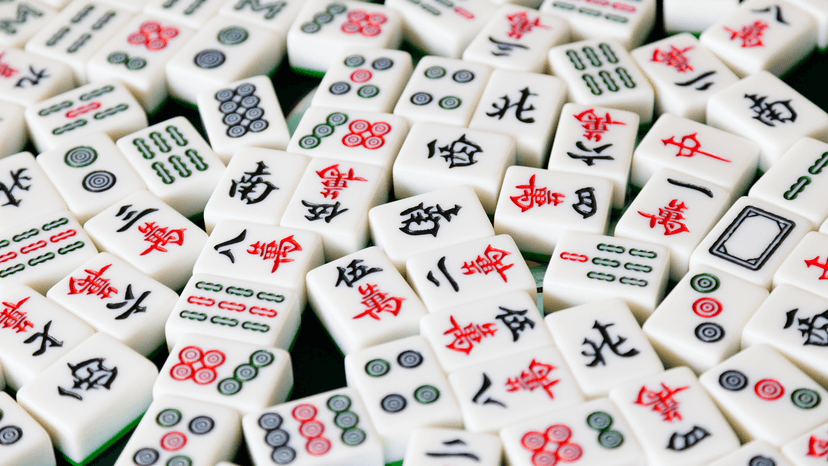Scoring in Mahjong

Mahjong might seem daunting, but understanding its scoring system is key to enjoying the game fully. Many players, especially those new to the game or specific variations, find the scoring rules a bit overwhelming. This guide is designed to simplify how to score in Mahjong, making it accessible for players in the Philippines.
If you're looking for a clear explanation of Mahjong scoring, you've landed in the right spot. We'll break down everything you need to know about Mahjong scoring, tailored for Filipino players. Let's dive in!
Understanding Mahjong Scoring Criteria
Scoring in Mahjong is based on specific criteria, which can include certain mahjong tile melds or other hand combinations, how the hand was played, and the presence of unique sets. When multiple criteria are met, typically only the one with the stricter requirements is scored. For instance, a meld of all dragons would score higher than a meld of just one dragon.
The points earned are then converted into scores, which are often directly used for payments between players while playing mahjong as a form of friendly gambling or betting.
It's important to distinguish between points and scores. Points are accumulated based on game elements, while scores reflect the final outcome used for settling wagers. Players might use chips or other tokens to represent these values during play.
In many Mahjong games, especially in the Philippines, the winner takes the payout, and the losers' scores are adjusted downwards. However, there are several common ways to handle payments among participants. These include:
- If a player wins by discarding a tile that completes another player's hand, the player who made the discard pays double the amount.
- If a player wins by drawing the winning tile (a tie or self-drawn win), each of the three losing players pays double.
- In situations where a player wins from a high-risk hand (like a limit hand), the player who made the discard is responsible for paying the other two losing players.
Mahjong Scoring Rules for Filipino Players
Chinese Mahjong Scoring Explained
The scoring rules for Mahjong, particularly the Chinese variation popular among players in the Philippines, generally follow these principles:
- Based on the presence of specific melds, pairings, and bonus tiles, each player adds up the fundamental points for his hand.
- Each player doubles his basic points one or more times based on ownership of specific uncommon melds or combinations of melds. The winner adds additional basic points for gaining mahjong and maybe for finishing his hand in several unique ways.
- Depending on his hand's formation of uncommon patterns, such as those made completely of honor tiles, or being finished uniquely, such as stealing an exposed kong, the winner doubles his basic points once or more.
- Each of the three losers pays the winner his entire points.
- The losers split the difference into points among themselves.
- In his dealings, East makes duplicate payments or receipts.
- There are many Special Limit hands that, if acquired, provide the possessor with the most points assigned to his hand.
American Scoring
In the American version, players utilize a card with a point value for each hand that specifies a narrow number of hands as the only legitimate winning hands. Two main Mahjong regulatory organizations in the United States, the National Mahjong League and the American Mahjong Association, employ this method, with new cards that specify the legal winning hands being produced every year. Each card often includes scoring requirements that make mention the year the scorecards are published.
Shanghai Scoring
The Shanghai variant's scoring system is complex, with a wide range of requirements and exaggerated ratings for more uncommon hands like the thirteen terminals. There is typically a minimum point value in the Shanghai variation due to the inflated point values.
Singaporean Scoring
While using a different set of tiles, Singaporean scoring is comparable to the Chinese scoring method. Here, regular payment variations apply. But, there are those in which the dealer is also required to pay and receive twice.
Hong Kong Scoring
Because the traditional Hong Kong scoring method uses a limited number of factors, the score often ends up being low. The point translation function is a piecewise function, and general scoring modifiers are applied.
Hands with zero points are given a set amount, and each point doubles the score. Players sometimes add a rule that a winning hand must have a certain point value, often between one and five points, with three being the most common. This is because zero-point hands are frequent.
Japanese Scoring
Each player begins with a score, typically between 25,000 and 30,000 points, or an agreed-upon starting value. In modern tile sets, this is often represented by bars of denominations 10,000, 5,000, 1,000, and 100, resembling long Chinese dominoes. Online, only the point totals are usually shown.
Understanding Limits in Mahjong Scoring for Filipino Players
Some Mahjong variations impose a score limit. In many cases with these limitations, the usual point translation function applies, assigning a constant score for points up to the first limit. Beyond that, the score increases as further limits are reached.
A scoring limit can also serve as a gambling incentive. For instance, if the scoring limits are six and nine points, a hand with seven or eight points would score the same as a six-point hand. This might encourage players to aim for nine-point hands.
High-Risk Discards in Mahjong
As the wall of tiles decreases, some Mahjong versions may impose penalties for discards considered high-risk. If a player wins or achieves a self-drawn win after making a high-risk discard, they are responsible for covering the winner's points. A discard is deemed dangerous if, based on open melds, it's highly probable that it would have completed a limited hand before being claimed.
Mastering Your Chosen Mahjong Variation
Trying to play different mahjong variations simultaneously can lead to confusion. It's best to focus on one variation and master it first.
This guide breaks down the distinct rules for various Mahjong types, helping you pick your favorite. We've covered Chinese, American, Japanese, Shanghai, Singaporean, and Hong Kong Scoring, aiming to provide enough information for an enjoyable gaming experience for players in the Philippines.
FAQ
What is the highest-scoring hand in Mahjong?
Even with significant doubling of computation, the maximum score a player can achieve in Mahjong is typically capped at 1,000 points. This ensures a balanced game, even when a player holds a very strong hand.
How does Chinese Mahjong scoring work in the Philippines?
In Chinese Mahjong, which is widely enjoyed across the Philippines, each hand is assigned a score ranging from 1 to 88 points, depending on its complexity and rarity. These individual hand points are then simply added together for a total. To declare Mahjong in the official Chinese version, a player must have a minimum of 8 points.
How do you score Western Mahjong?
- A hand with 4 Pungs earns 6 points.
- A hand with 4 Chows earns 2 points.
- 2 points for 1 Dragon Pung or Kong.
- Six points for a pair of Dragon Pungs.
- Pung/Kong of Winds that corresponds to the seat or round earns 2 points.
- Seasons/Flowers tile: 1 point each.
- 1 point if the win is by self-drawn.







